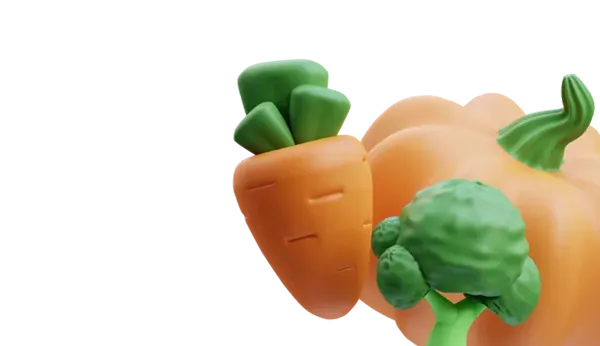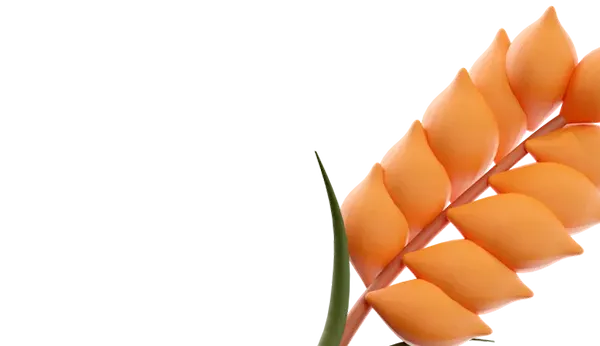The grapevine disease known as Flavescence dorée (FD) is extremely dangerous and widespread in the south of the Alps and western Switzerland. Currently, FD is not yet prevalent in the northern and eastern parts of the country. This disease, caused by a phytoplasma - a cell wall-lacking bacterium transmitted by insects, leads to the death of affected vines.
Depending on the grape variety's susceptibility, production losses and costs for vineyard management can be significant. Flavescence dorée is a quarantine organism in Switzerland and the European Union. This means that competent authorities must be informed about symptomatic grapevines and monitor disease spread.
There is no known direct treatment for Flavescence dorée. Mandatory control measures include insecticide application against the main vector - the American grapevine leafhopper Scaphoideus titanus, removal of infected vines, and the use of certified plant material only. However, despite these measures, the disease continues to spread in Switzerland.
Project FLAVID 2, funded by the Swiss Federal Office for Agriculture (FOAG), was conducted by researchers from the Swiss Federal Institute for Forest, Snow and Landscape Research (WSL) and the Swiss Centre of Excellence for Agricultural Research Agroscope in the municipality of Cadenazzo (Ticino) under the auspices of the "Neobiota" Competence Center. The project lasted three years.
A recently published scientific article by a group of researchers in the Journal of Plant Pathology reveals the complexity of the epidemiology of Flavescence dorée, surpassing the traditional model of "pathogen - main vector - grapevine host plant."
The research results show that feral grapevines growing in forests serve as reservoirs of the disease and habitats for its vectors. Suppressing the pathogen requires preventive management of these environments using a comprehensive landscape approach.
Main Findings
Proper and timely insecticide application helps reduce populations of Scaphoideus titanus on grapevines and prevent their migration to low-growing plants. Under these conditions, vegetative strips within the vineyard and between the vineyard and adjacent forests are not potential habitats for the main vector.
The feral polyphagous leafhopper Orientus ishidae, an alternative vector of Flavescence dorée, is sometimes found in vineyards and regularly on forest edges adjacent to the vineyards.
Feral grapevines are found in the forests of Ticino. Their presence is mainly related to the abandonment of viticulture in inaccessible areas and changes in land use.
Some feral grapevines are infected with Flavescence dorée and serve as habitats for significant populations of Scaphoideus titanus and Orientus ishidae. They can act as inoculum reservoirs for the disease and habitats for its vectors.
Some genetic profiles associated with Flavescence dorée and found in feral and cultivated grape varieties, as well as in two disease vectors in Ticino, are identical.
It was found that the hazel tree Corylus avellana is a preferred host plant for Orientus ishidae. Populations of this potential threat to vineyards can be reduced by decreasing hazel presence in forest edges. This approach has a long-term impact and does not require annual management.
Applying knowledge gained in the southern Alps to other wine-growing regions of Switzerland will help assess the risk of disease spread between forest habitats and vineyards, improving Flavescence dorée management.
This preventive approach is particularly beneficial for regions under threat or recently affected by Flavescence dorée, where disease eradication is still possible.
The hypothesis of Flavescence dorée transmission between different landscape elements may partially explain the limited success of current management measures.
The research results indicate the need to rethink strategies for containing or eradicating this perilous grapevine disease, including stricter control of feral grapevines and their elimination.
The third part of the project (FLAVID 3), funded by FOAG, will commence in July 2024 and will involve research activities throughout Switzerland.

 Trading platform
Trading platform 
 Monitoring
Monitoring  Express applications
Express applications 
 Fork Work
Fork Work 
 Service
Service  News
News  Directory
Directory 













